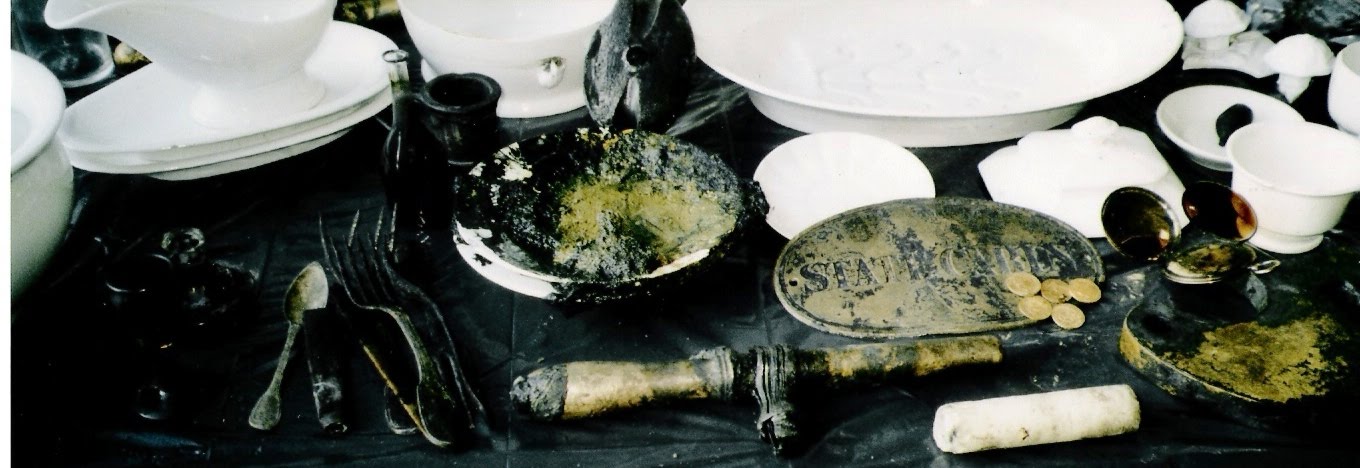Paul H. Williams -
Port Royal is well known for the earthquake that devastated it in June 1692; as the former haunt of Sir Henry Morgan, the most notorious of pirates who was to become governor; and as once the 'wickedest city on Earth'. For quite a while now, it has been carrying a reputation for its delectable sea-food and, as such, people flock to its fishing village mainly at night.
Though the rustic community, which sits on the tip of the long Palisadoes spit that frames Kingston Harbour, might not dazzle in the day as it does at night, it has a tremendously rich history. The town is replete with sights which are the oldest in the Western Hemisphere.
It is a museum in itself. There is much to see and talk about with spots such as Fort Rocky, Louis (Lewis) Galdy's Grave, St Peter's Church, Giddy House, the Old Naval Hospital Old, the Old Naval Cemetery and Fort Charles.
Fort Charles is the oldest and best preserved of the forts in the area. Originally named Fort Cromwell after Oliver Cromwell, it was renamed in honour of King Charles II. Damaged by the 1692 earthquake, it was reconstructed in 1699 by Colonel Christian Lilly, then chief engineer of Jamaica.
Not far from Fort Charles, tilting at a dizzying angle is Giddy House, which used to be the royal artillery store. Its foundation was rocked by the 1907 earthquake, thus leaving it slanting to one side.
Apart from the man made structures, the biodiversity of Port Royal is just as rich. Recently, when I visited, a flock of gulls stood on parade facing the sun in a sort of silent Sunday-morning salute in an open lot near Fort Charles. In the crystal-clear waters near the Old Naval Hospital, fish of various colours, shades and sizes are in abundance.

Posted via http://maritime-news.posterous.com Maritime-News posterous
.jpg)
No comments:
Post a Comment